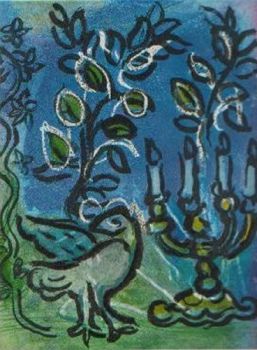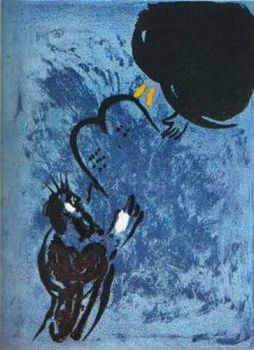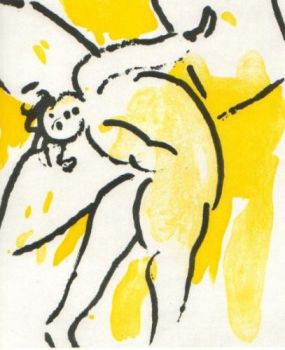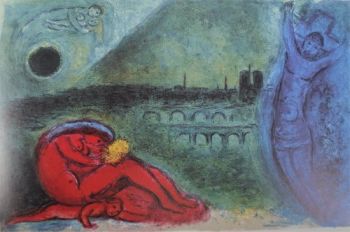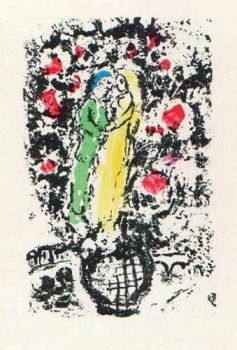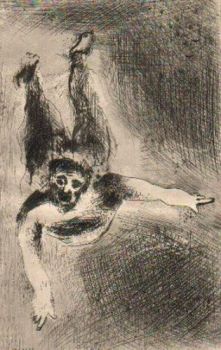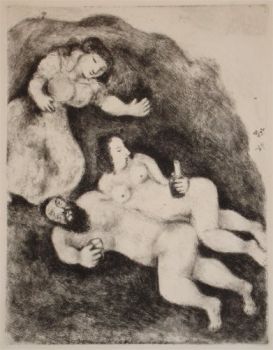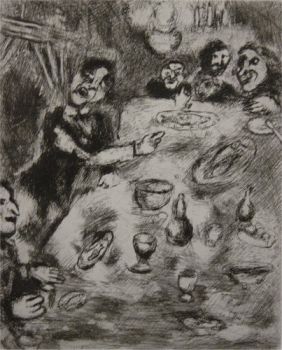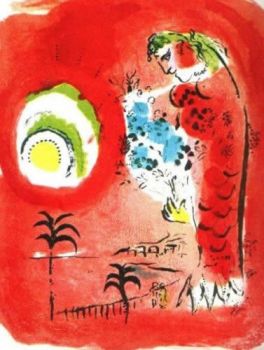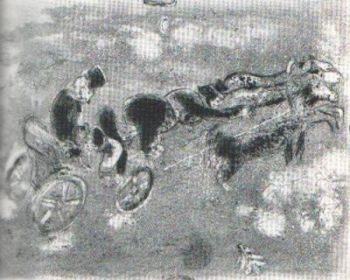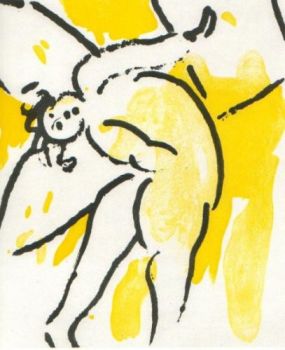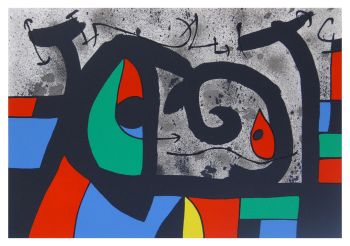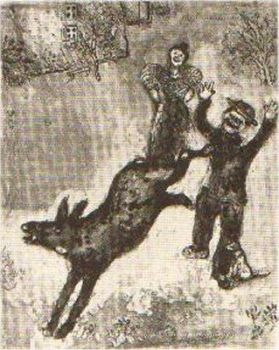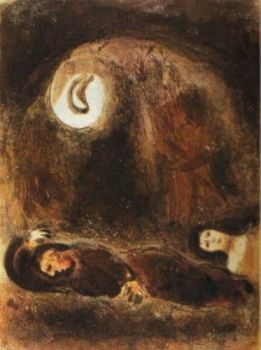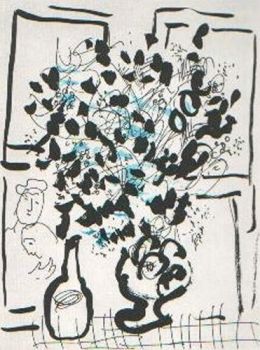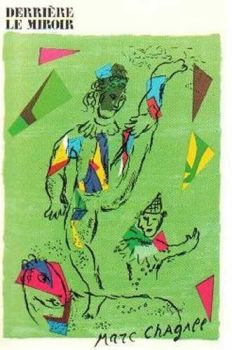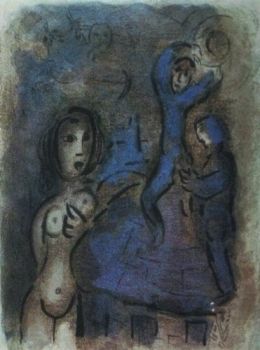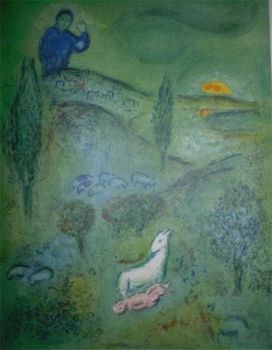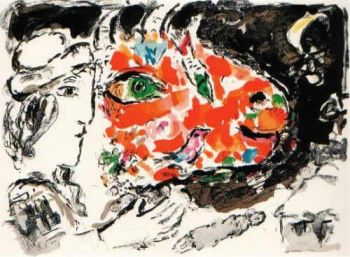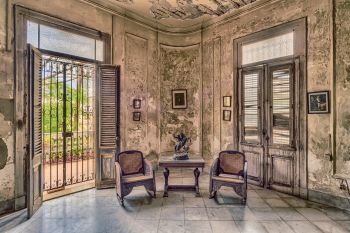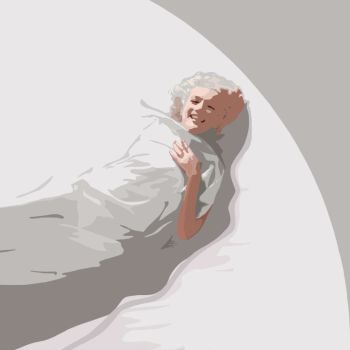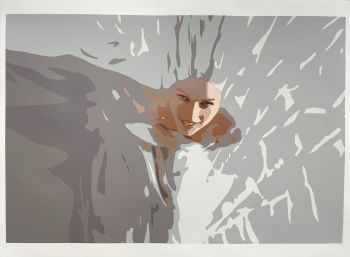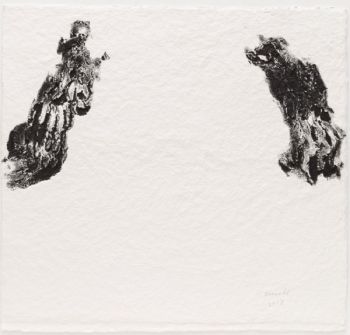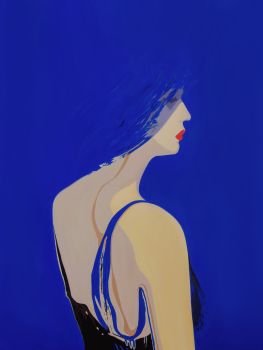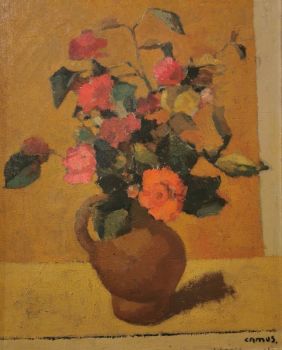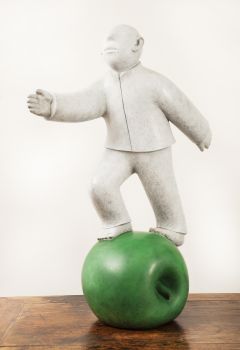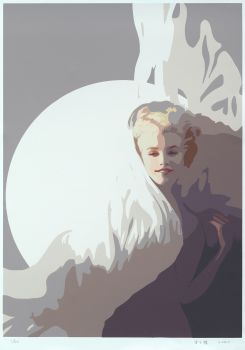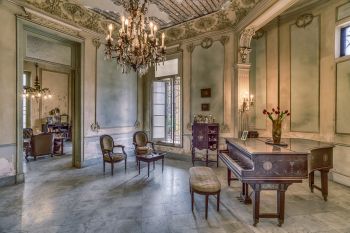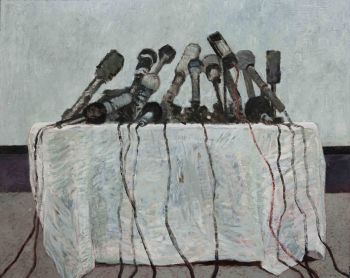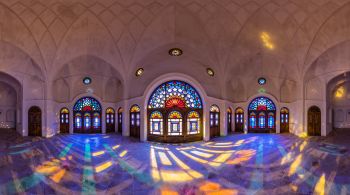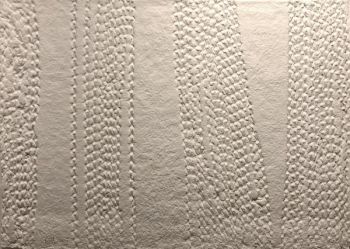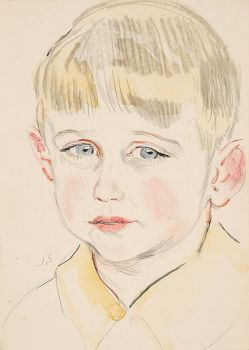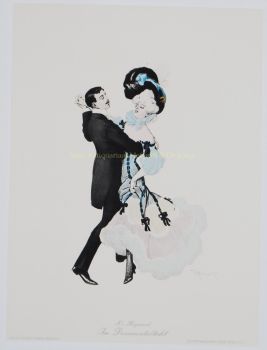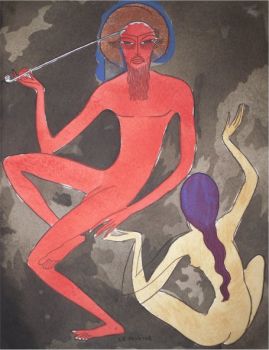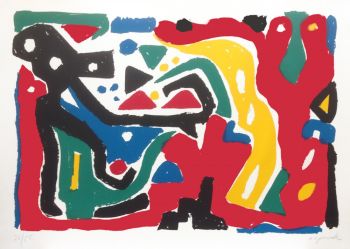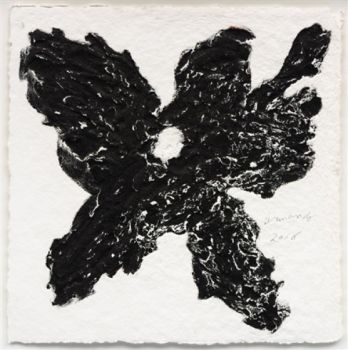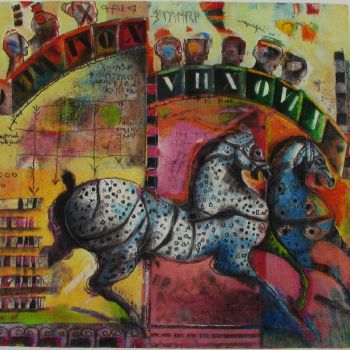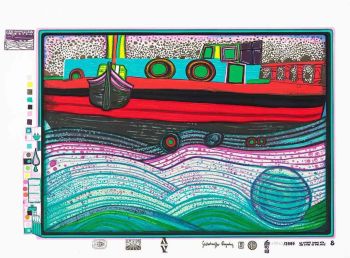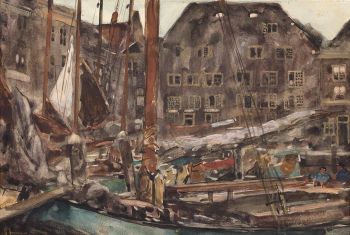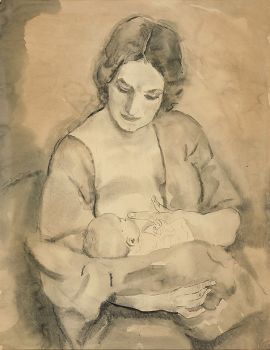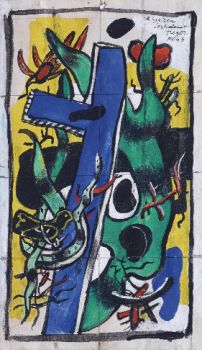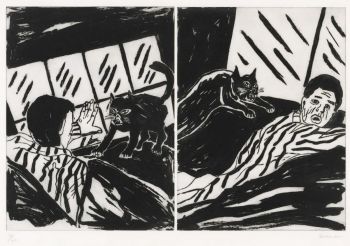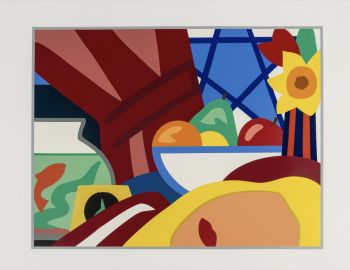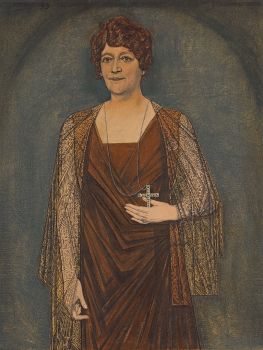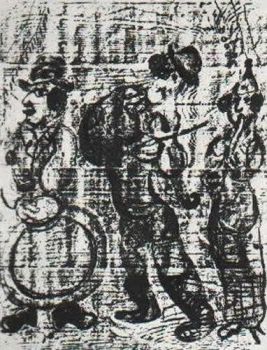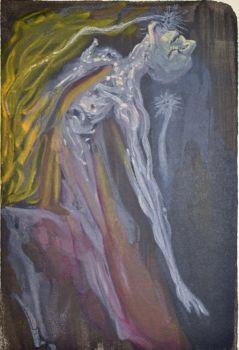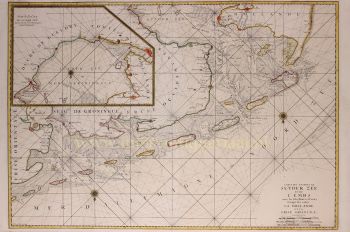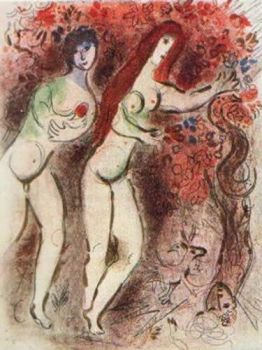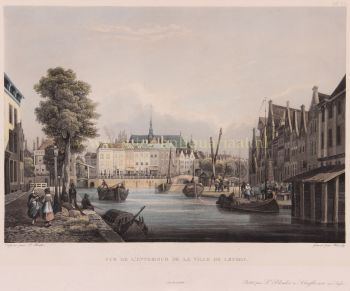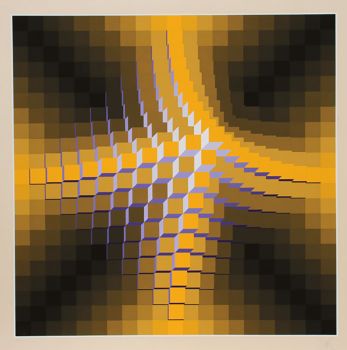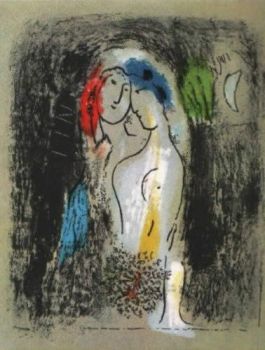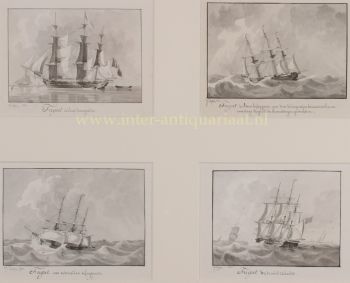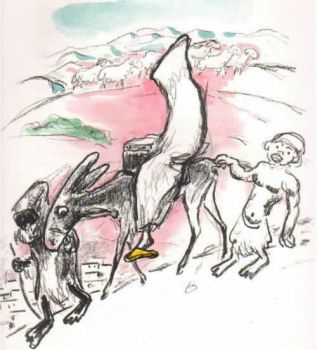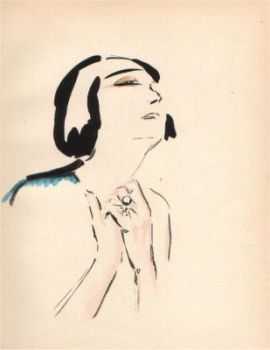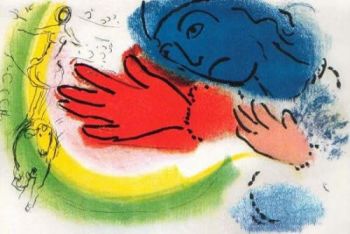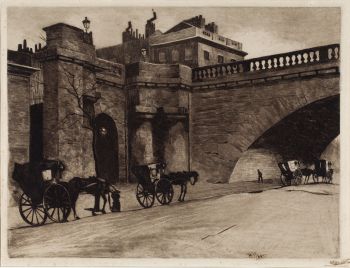Behind the gallery: an interview with graphic expert Hans den Hollander
Hans den Hollander is the owner of Hans den Hollander Prints, a gallery specialised in prints from artists active between 1850 to present. We met up with Hans and discussed graphic design, his interest in the work of Joan Miró and the latest developments in the field of collecting prints.
Den Hollander is a visual artist, graphic designer and collectioneur of prints. Before he enrolled at the acclaimed Gerrit Rietveld Academie in Amsterdam he worked as a student printer under Piet Clement.
Where did your interest in prints originate?
I started working in the late 1960s as a student-printer in Amsterdam, in the studio of Piet Clement. The studio was quite famous in those days, later, works from David Hockney and Roger Raveel were also printed here. I was very happy to work here and discovered the many possibilities that prints have to offer. After working for Piet Clement I attended the Gerrit Rietveld Academy to study graphic design, but I had already developed a strong interest from illustration drawing, prints, photography and autonomous art.
What exactly is the difference between graphics and prints according to Hans den Hollander?
Graphics and prints are basically the same thing: I prefer to call it original prints. There are basically four types; lithography is when an image is transferred through a stone. The technique of etching involves a copper or zinc plate. The third type consists of woodcut and linocut. The last type is screen printing. The Museum of Modern Art in New York has a playful explanation of the differences on their website.
Do people use these techniques to make copies of originals?
No, these are often no reproductions of existing works of art. That is one of the main characteristics of original prints. The original is the press on which the art has been created thus the rock, plate, woodpiece of syph. It does happen that the artist uses ‘artisans’ in his studio to reproduce the orginals, handsigns and numbers the works in an edition. This should actually be called repro-graphics! One of the most important 20th century artists who used this technique was Francis Bacon. Beautiful prints, especially etchings, but strictly speaking not original graphics.
How did you get from being a young student in Amsterdam to the city of Gouda?
I got to Gouda by accident because my wife worked here. I started out as an autonomous artist and even had a few exhibitions at the Wetering Gallery in Amsterdam. After a brief stint as a graphic designer for a large record company I shortly worked as assistent art director for an advertising company before I started my own studio. I like it a lot in Gouda, I’m surrounded by the larger cities which makes it easy for my customers to stop by the gallery.
Do you still work as an artist?
I do still make drawings but I don’t exhibit my work. I recently quit my design studio which means I will have more time for the gallery. And I am being inspired daily by the works around me!
There are a large number of works by Joan Miró on display in the gallery. Where did your interest for this artist come from?
I think Miró is an interesting and influential artist. He recently received a lot of attention in the Netherlands due to the exhibition in the Cobra Museum and the sculptures in the garden of the Rijksmuseum. What intrigues me is the clear connectivity to the generation of artists that came after him. In the Netherlands this is clearly the Cobra movement. In my gallery I like to showcase what is being highlighted in museums at that specific moment. Because of the extensive range of my collection I’m nearly always able to do this. Starting collectors I therefore always advise to go to a museum first to see some modern and contemporary art before making a choice of what to buy.
Do you sell a lot of works of Miró?
Miró is particularly of interest because a lot of his work is still affordable. Especially when you compare it to other similarly important artists from his time. He was always a productive artist, especially as a printmaker.
I noticed a lot of Pop Art and Op Art in your collection?
Those are works from artists that were famous in the time that I studied at the Rietveld Academy. It also has to do with the music I then listened to. A lot of Pop Art artists designed record covers for influential bands from that era. Think about Warhol who designed the famous banana cover for the Velvet Underground and Peter Blake who created the Sgt. Pepper’s albumcover for the Beatles. A nice detail is today’s renewed interest from the youth in this type of music.
For more information about available works on paper check out Hans den Hollander
If you are interested to buy curated fine art, online from renowned artdealers, please have look at Gallerease, Europe's finest curated art at your finger tips!



